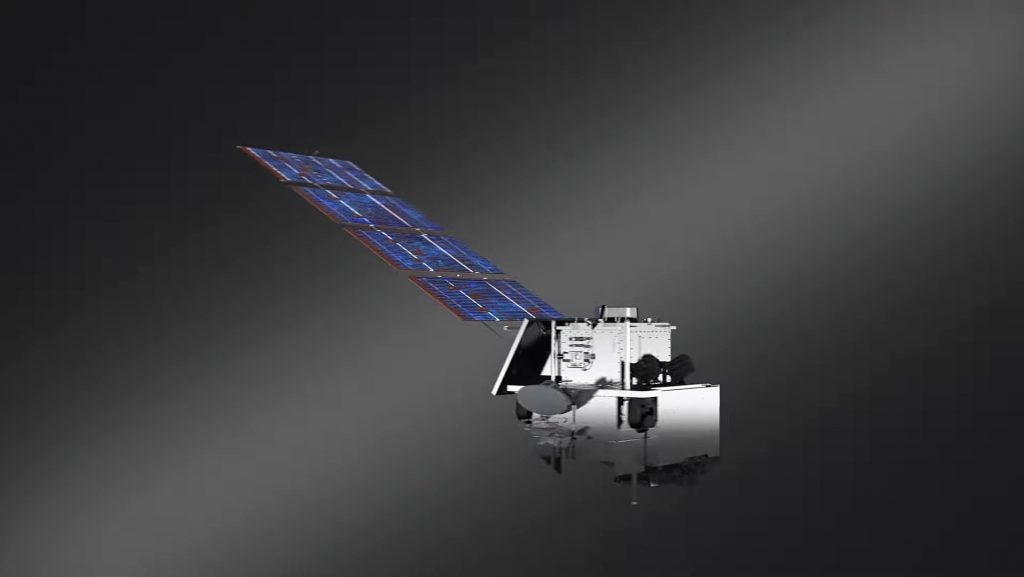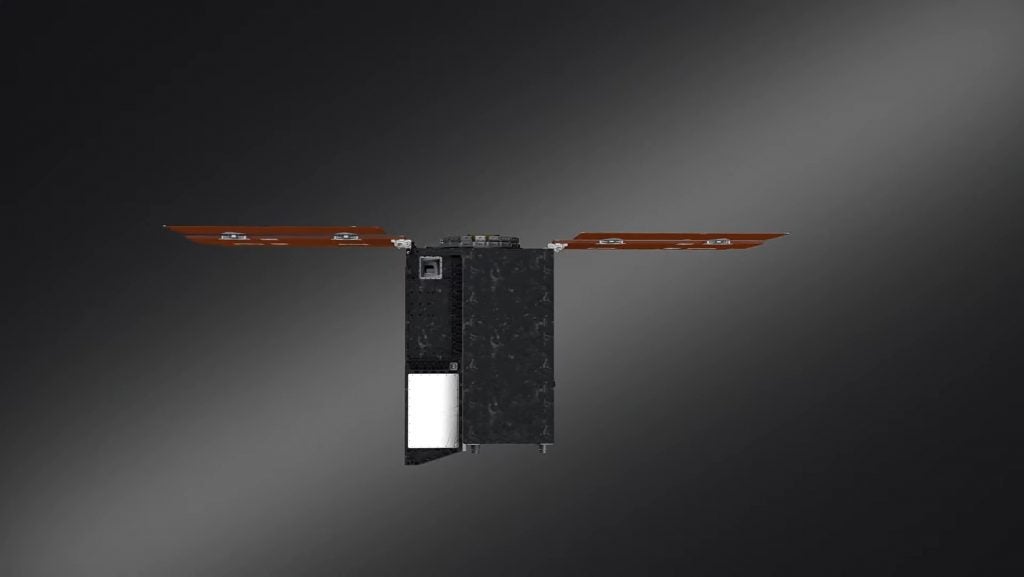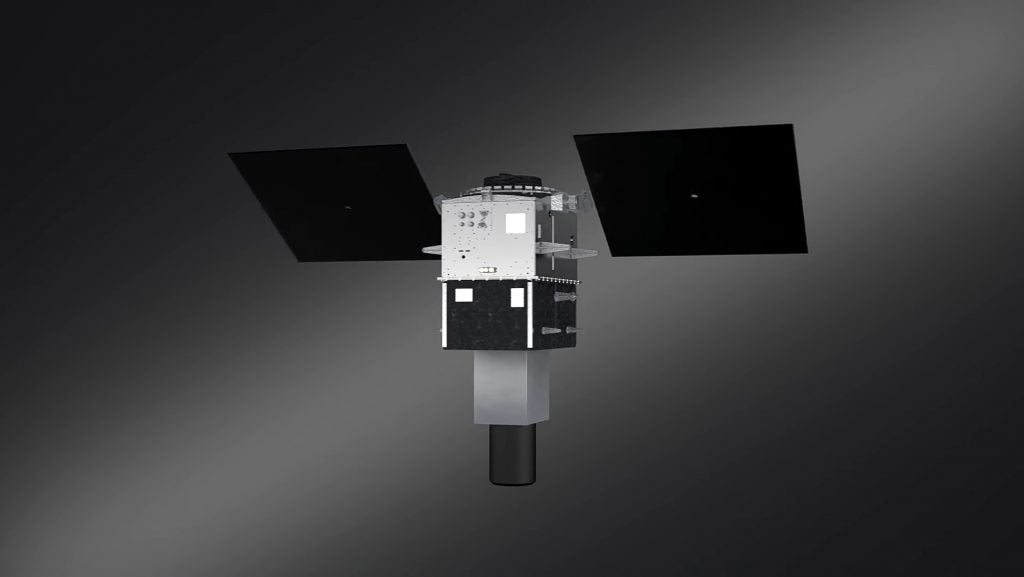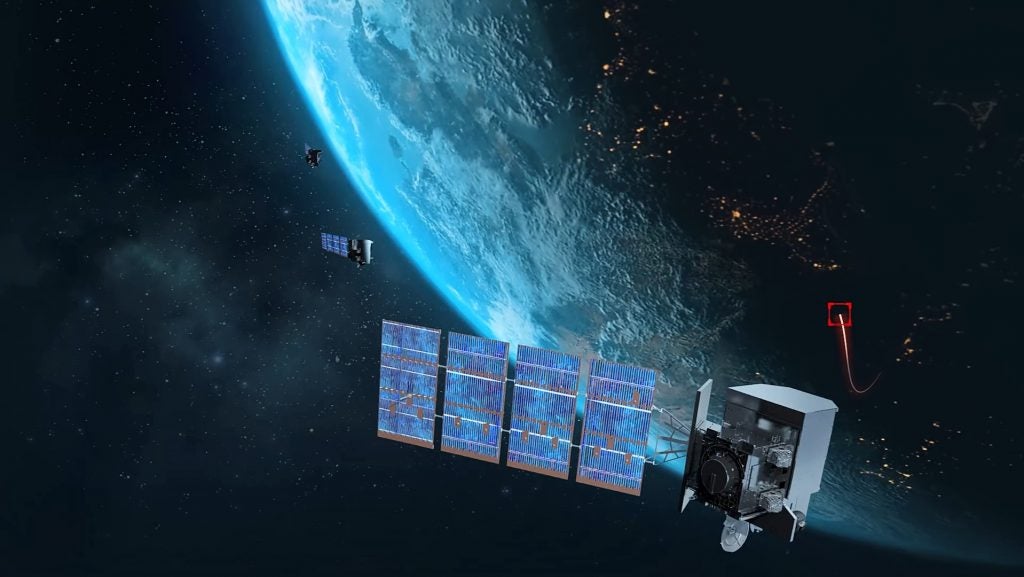L3Harris Showcases New Missile Warning Satellite Designs
L3Harris Technologies recently unveiled three new Missile Defense and Warning satellite designs in a new company advertisement. The video depicts different satellite concepts each geared towards a specific threat environment. These include a satellite for the Missile Defense Agency’s (MDA) Hypersonic and Ballistic Tracking Space Sensor (HBTSS), the Space Development Agency’s (SDA) Tracking Layer constellation, and the United States Space Force’s (USSF) Wide Field of View (WFOV).
SDA

L3Harris Technologies is one of several companies pitching concept designs for the ever-increasing Missile Defense and Warning satellites that are part of the National Defense Space Architecture. The company, alongside Northrop Grumman, was awarded agreements for the SDA’s Tranche 1 Tracking Layer. L3Harris received a prototype agreement worth $700 million, while Northrop Grumman Strategic Space Systems’ award was worth $617 million. Both vendors are to produce 14 space vehicles each, each equipped with a Wide-Field of View (WFOV) infrared payload. Unlike the older generation of missile warning and tracking satellites in geosynchronous Earth orbit (GEO), these new satellites will be deployed to low Earth orbit (LEO), where they will form the backbone of the NDSA.
MDA

One of the models showcased by L3Harris is its satellite concept for the Missile Defense Agency’s (MDA) HBTSS. The HBTSS will be made up of a constellation of Narrow-Field of View (NFOV) satellites. These satellites will work with the SDA’s Tracking Layer, functioning as a more accurate constellation capable of passing on accurate target information to defenses. L3Harris was awarded a potential $121.6 million other transaction award in January of 2021 for the HBTSS. The company declared completion of the satellite’s Critical Design Review (CDR) in December of 2021.
USSF

The last concept satellite showcases a design for the U.S. Space Force’s Wide Field of View. The design closely resembles the similarly named Wide-Field of View Testbed (WFOV-T), which was launched on the first of July this year. The satellite carries the Wide-Area Six-Degree Payload (WASP) which was designed and built by L3Harris, the payload is integrated into Millennium Space System’s Aquila-M8 platform bus. The main objective of the WFOV-T is to perform technological de-risking for the Space Based Infrared System’s (SBIRS) successor, which is named the Next Generation Overhead Persistent Infrared (NG-OPIR). Unlike older systems which had to use various methods of scanning to see the entire globe, the WFOV-T features a 4kx4k element Focal Plane Array (FPA), which will allow it to observe 3,000 kilometers of the earth’s surface in a single view. Following months of testing and in-orbit calibration of the satellite, Space Systems Command (SSC) announced on October 24 that it expects the WFOV satellite to start gathering data.

